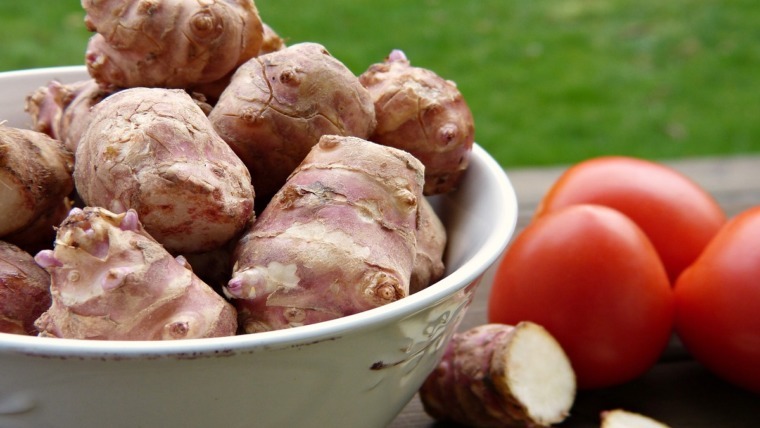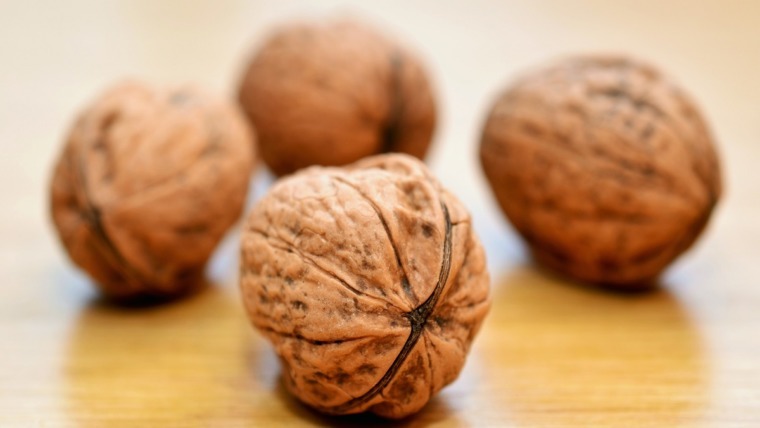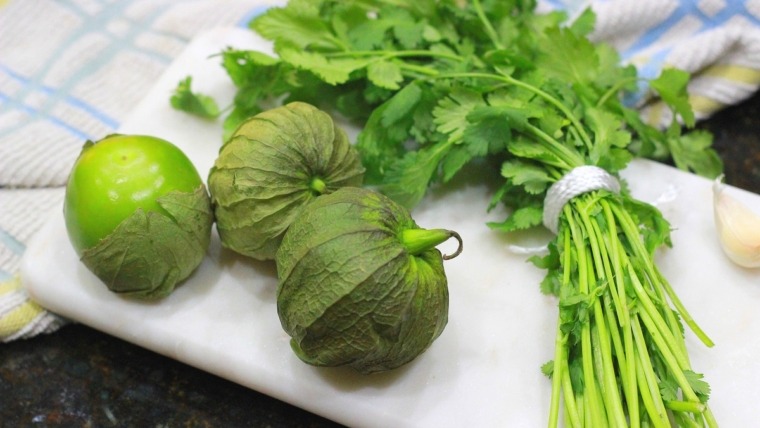
Written by Kevin Kapusi Starow
Now this is an intriguing ingredient that I enjoy every time I come across it, I admit that it may seem to be a confusing collection of words making up the name Sea Grape, though once you learn a little more about them you will understand the connection…. Hopefully.
Sea Grapes are an edible form of seaweed with a unique twist, part of a species known as bryopsidale green algae. Originating in the Indo-pacific region, simply the area where the Indian and Pacific oceans meet, for example Indonesia, Japan, Korea, Vietnam, etc.
This ingredient shows the wonder and majesty of Mother Nature in all of her magnificence. These little gems are a unique blend of artistry combined with sustenance, for example just consider the shape, which is unlike the flat leaves generally associate with edible succulent green algae, or seaweed. No these amazing little babies are a collection of hundreds of tiny spheres linked together upon a central stem, reminiscent of a bunch of green grapes. Then once you bite into them they burst open, releasing a liquid that tastes oddly familiar, a sort of combination of cucumber with hints of saltiness. For this reason the sea grapes are in some cultures referred to as green caviar based upon the mouth feel, look and taste.
Sea Grapes are cultivated in many pacific countries including the Philippines (Cebu), in Japan (Okinawa), and also now in Australia up around Bundaberg in Queensland. Through a company called Coral Coast Mariculture, the only producer of sea grapes in Australia. The company was created by Clive Keenan a scientist turned sea farmer (aqua culturist).
For Cooking
Now comes the interesting part how do you incorporate this product into your cooking? Well it may help to change your perception of sea grapes and start thinking of them as a vegetable from the sea, rather than just an oddity. As a vegetable they present many unique culinary opportunities that include snacks, appetizers, in salads, as part of an entrée, or accompanying seafood dishes.
Sea Grapes can be an interesting alternative for caviar for vegetarian or vegan guests, helping to make them feel inclusive in a dining experience.
I feel they are best appreciated as they are, washed and accompanied by a sauce, or they are also fantastic with a slight pickle. That is being pickled, not served with a sliver of pickle cucumber or pickle relish, which thinking about it may also be nice.
In Japan they are often served with a blend of soy sauce and citrus such as yuzu, or soy sauce and a dash of wasabi to highlight the intensity of the situation.
By mixing sea grapes together with finger limes you create an amazing explosion of flavour in the mouth that is perfect for adding to a Beurre blanc or other light fish sauce. Whatever you decide to use your sea grapes for, there are hundreds of other applications you may not yet have considered.
Sea Grapes - Health Benefits
Sea Grapes are like little health capsules as they absorb many of the rich minerals, salts and trace elements found in the clear waters of the Pacific Ocean. In particular they are a rich source of iodine, and are particularly helpful in managing diabetes.
Due to the rich concentration of minerals contained in sea grapes and the surprising lack of calories the inhabitants of Okinawa Japan, who have grown and harvested the sea vegetable for a hundreds of years, call Sea Grapes the longevity seaweed.
Whatever the health benefits are of sea grapes, I know I like them basically because of their texture and crunch as they burst in my mouth, if you come across they why not give them a try?



